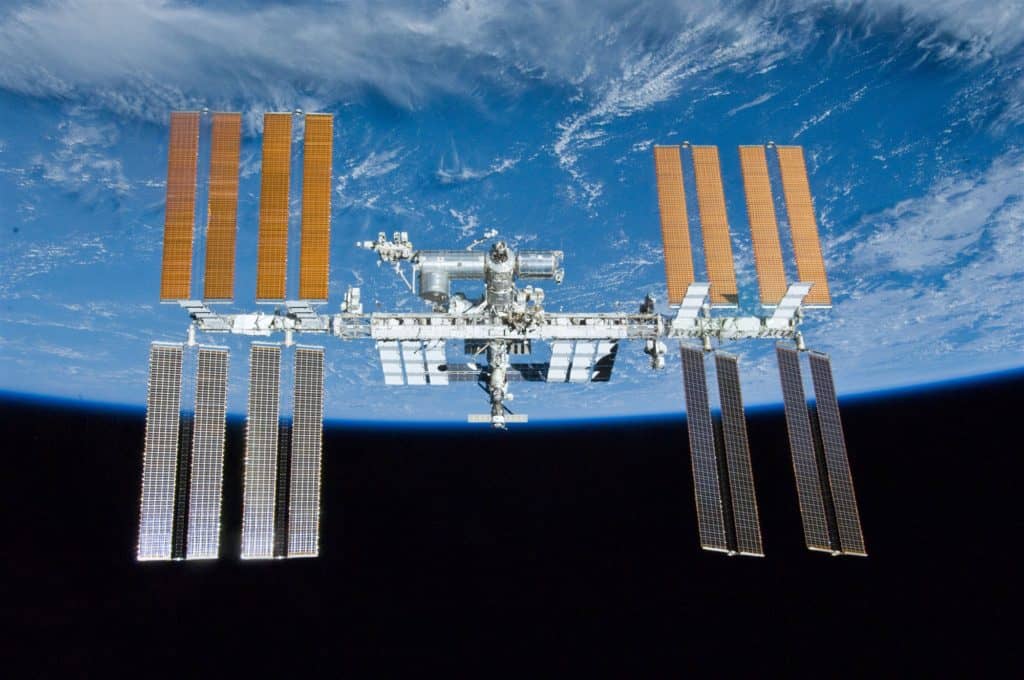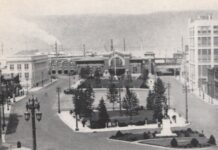
If you want to find something interesting to do one night without leaving your home, check out the International Space Station, ISS, which, for the next few days (through Aug 6) will be visible every night from Westchester County, NY.
The space station is Earth’s only microgravity laboratory. This football field-sized platform hosts a plethora of science and technology experiments that are continuously being conducted by crew members, or are automated. Research aboard the orbiting laboratory holds benefits for life back on Earth, as well as for future space exploration. The space station serves as a testbed for technologies and allows us to study the impacts of long-term spaceflight to humans, supporting NASA’s mission to push human presence farther into space.
The ISS circles the Earth every 90 minutes. It travels at about 17,500 miles (28,000 km) per hour, which gives the crew 16 sunrises and sunsets every day. In the more than 15 years that people have been living onboard, the Station has circumnavigated the Earth tens of thousands of times.
All sightings will occur within a few hours before or after sunrise or sunset. This is the optimum viewing period as the sun reflects off the space station and contrasts against the darker sky.
The space station looks like an airplane or a very bright star moving across the sky, except it doesn’t have flashing lights or change direction. It will also be moving considerably faster than a typical airplane, which generally fly at about 600 miles.
You can see the space station with your bare eyes, no equipment is required. NASA had made it easy to look up viewing times online at Spotthestation.nasa.gov.
Westchester native, and NASA astronaut Ron Garan made two trips to the ISS, in 2008 and 2011. In 2008, Garan Ron flew his first mission to space as a crew member on Space Shuttle Discovery to carry up and install the Japanese laboratory on the International Space Station. In 2011, Garan was a fully integrated member of a Russian spacecraft crew for a six month mission aboard the ISS.





